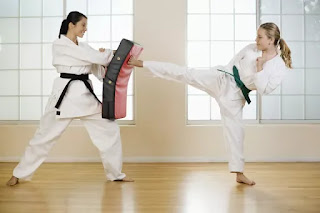Crucial things to know about Jet Li Be Jet Li, He is famous for shooting kung fu films, you could be able to see him in many classic Hong Kong films, so he was known as the generation of kung fu superstar, He just took credit where credit's due. Besides the actor, Jet Li was also a film producer, martial artist and Wushu champion, he was also known for his lightning fast moves and inventive choreography. The following are 20 most important facts about this Super star, something you may not know before. 1. He was in fact nicknamed as Jet Li after a publicity company in a Philippines, found his real name too difficult to pronounce. 2. Jet Li made his directional debut with the film “Born to Defence” in the year 1986. He also worked as martial arts choreographer in this film. 3. He was initially cast as Li Mu Bai in the 2000 movie “Crouching Tiger, Hidden Dragon,” but had to turn it down, due to his promise to his wife Nina Li Chi that he would not work while she was pre...



